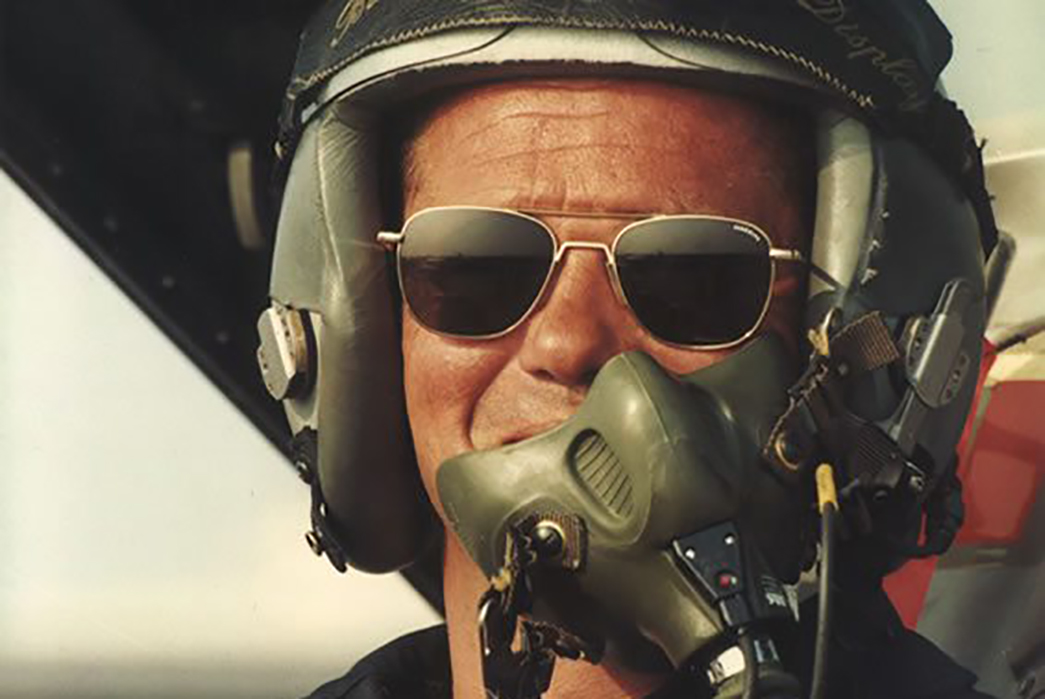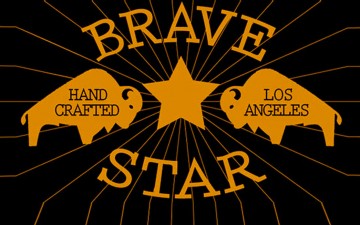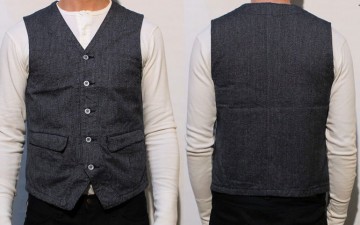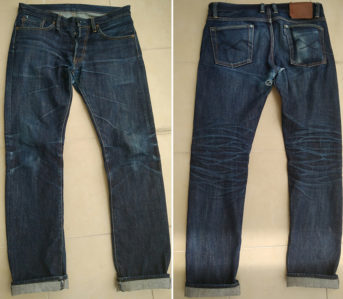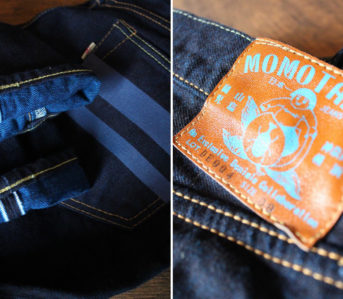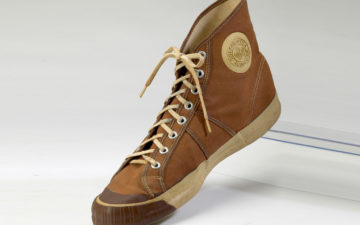Eyewear icon Randolph Engineering hasn’t been commercially available all that long, but this eyewear legend has roots that go deeper than you might imagine. From humble immigrant beginnings, to a lifelong mission to change a carelessness and laissez-faire attitude in early sunglasses-making, Randolph Engineering’s sunglasses have shielded the eyes of countless members of the armed services, all the while manufacturing right here in the U.S.A.
History of Randolph Engineering
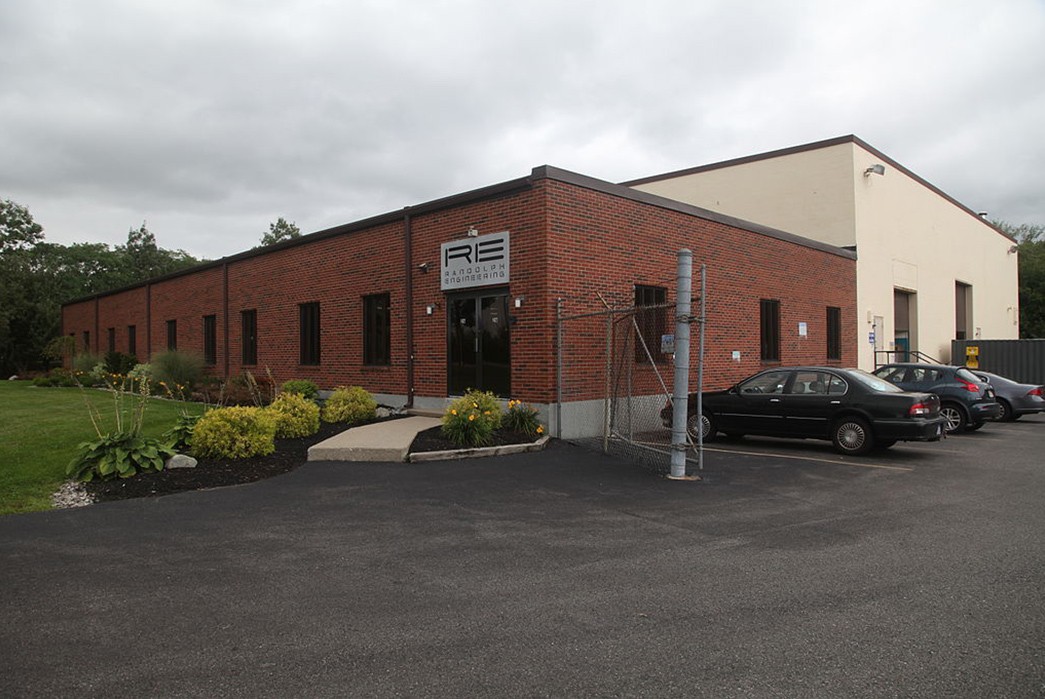
Randolph Engineering HQ. Image via Wikipedia.
Jan Waszkiewicz fled Poland in 1939, in the same year that the Nazis invaded his home country. The 16 year old made it to England, where he joined the Royal Air Force and did his part in the war effort, running some 32 bombing missions. By the time the war ended, Jan had a family, who came with him when he made the move to Boston, MA.
Legend has it that when Jan, one of the future partners of Randolph Engineering, arrived in the U.S., he only had $50 to his name, but he didn’t let circumstance get in the way of his American Dream. Before he’d been forced to flee his home country, Jan had been on an engineering track, and six years later, he was able to pick up where he left off, this time at Northeastern University.
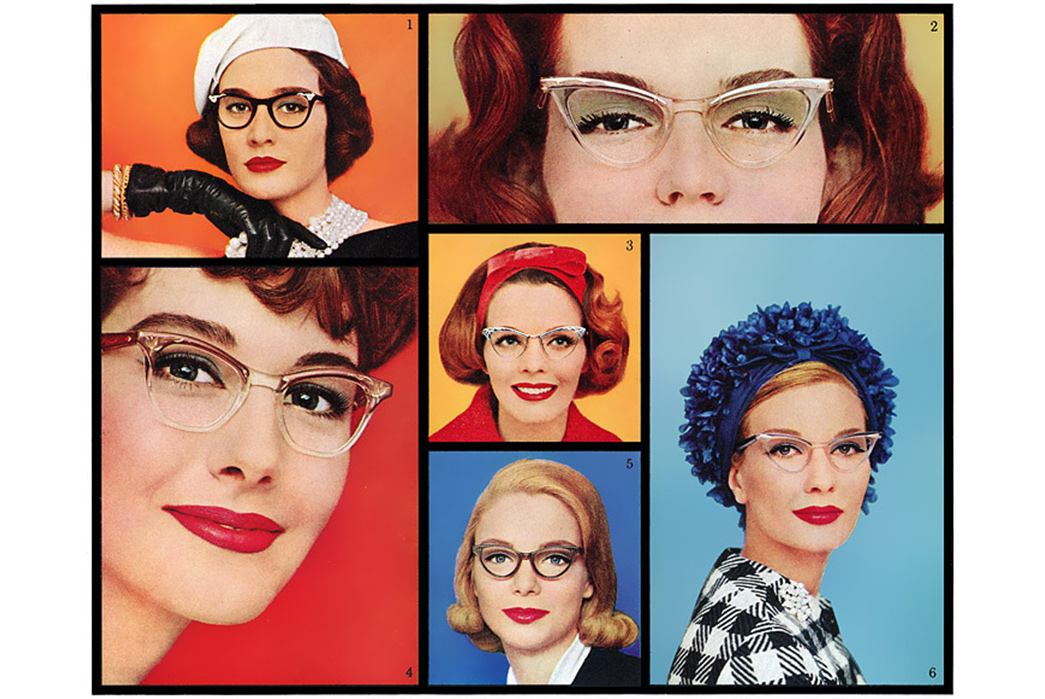
American Optical ad material 1959. Image via Plan59
The first job that Waszkiewicz took out of Northeastern was as a tool and die maker for American Optical. This eyewear maker was a huge player at the time, particularly well-known (at least now) for their all-plastic safety glasses. American Optical had played a huge part in the American war effort during World War II and their glasses had protected the eyes of many service members during the conflict. AO has laid claim to creating the Aviator, which was released in 1958 and called ‘The General’. It’s hard to verify that they indeed were the progenitors of this iconic style, but who invented what is immaterial. In Jan’s eyes, their entire operation was subpar.
The problem wasn’t stylistic necessarily. His engineer’s training told him the machinery used to tool eyeglass frames was simply inadequate.
Philosophy and Partnership
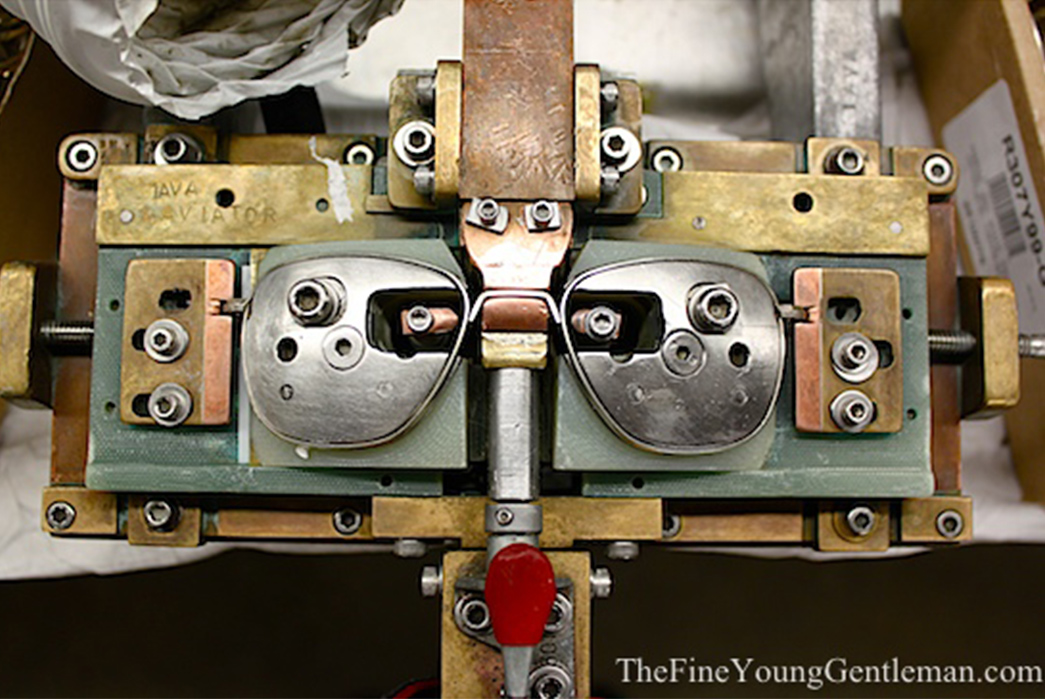
Randolph sunglasses being made. Image via The Fine Young Gentlemen.
Jan Waszkiewicz partnered with Stanley Zaleski and in 1972, they formally founded Randolph Engineering in Randolph, Massachusetts. At first, it was just a machine shop committed to building better eyewear-making equipment than was currently available, but that didn’t last long.
Zaleski and Waszkiewicz soon noticed that the folks buying their equipment weren’t pushing their machines to their full potential. The manufacturers’ customers were still unimpressed by the quality of the eyewear they received, so they decided they would make their own product, their own eyewear.
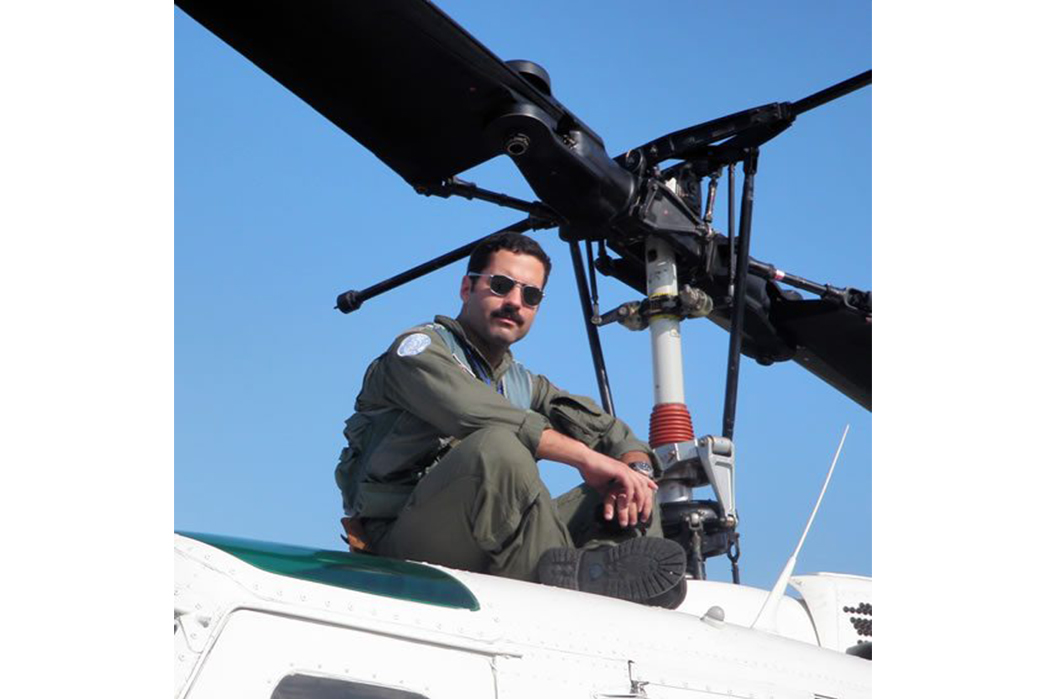
Helicopter pilot wearing Randolph Aviators. Image via Randolph Engineering.
In 1978, Randolph began working as a subcontractor for the U.S. Military and within a matter of years, they had won the bid to become the military’s prime contractor. In 1982, the brand made 200,000 glasses for members of all branches of the military. There isn’t a ton of detailed information available regarding Randolph’s history at this time, but they developed specialized eyewear for various branches of the military, depending on their station.
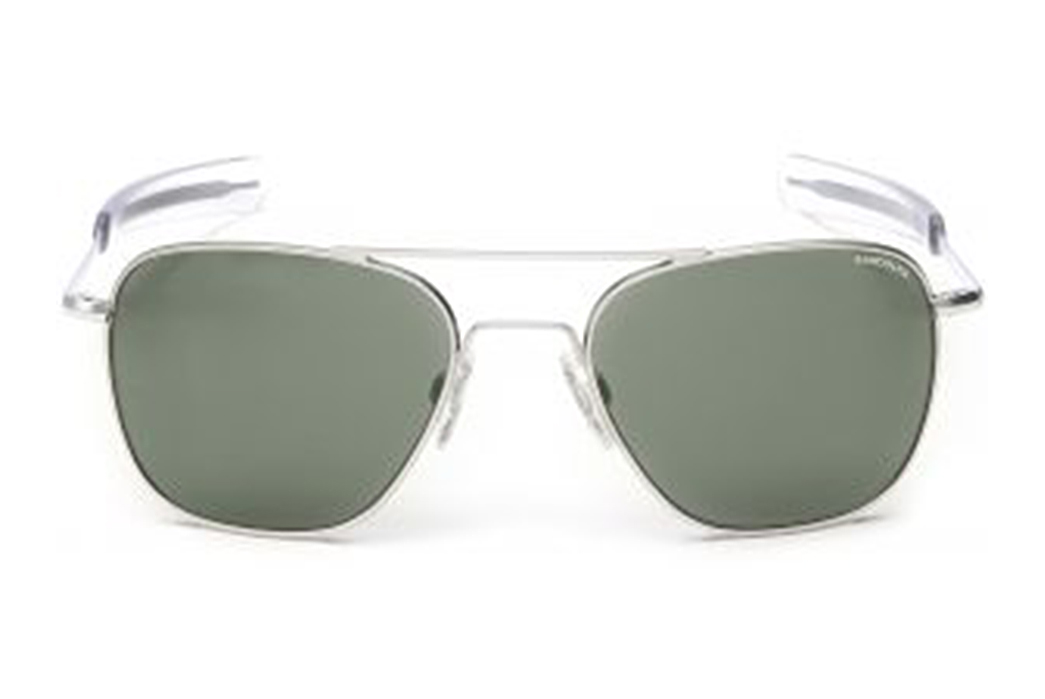
HGU4P Mil-spec Aviator. Image via Randolph Engineering.
They continued to manufacture the aviator, which is technically designated by the term HGU-4/P. This famous style was first recommended by army optometrists in 1958, around the time that planes and pilots changed forever with the advent of jets. Sleeker plastic helmets required low-profile eyewear with maximum protection.
Randolph Engineering Today
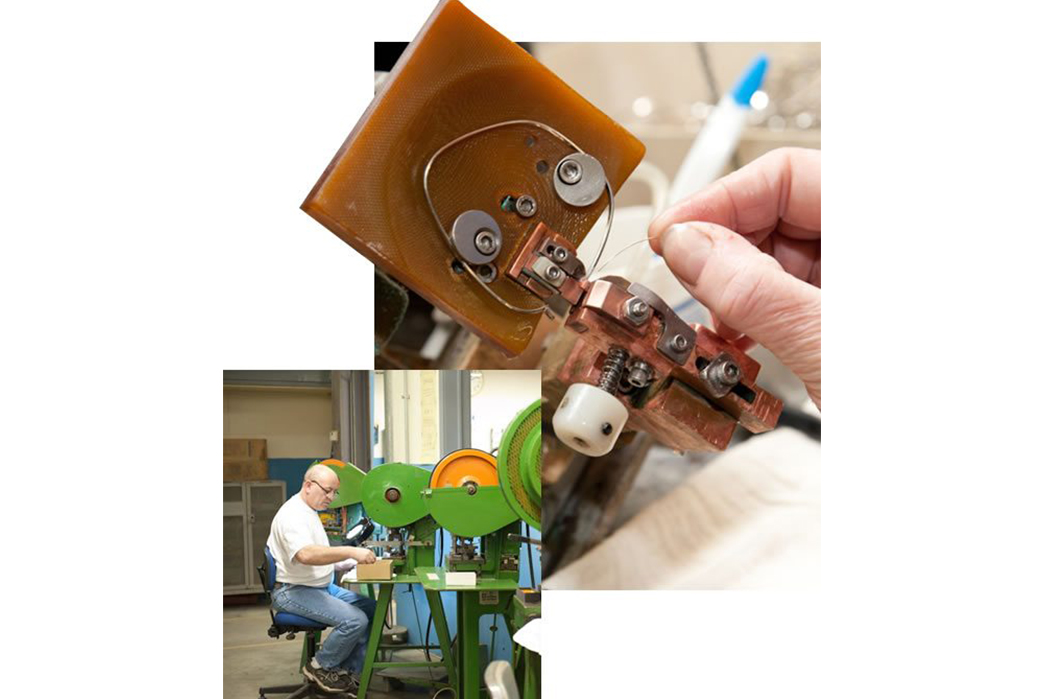
Making the magic. Image via Randolph Engineering.
The proprietary machines Jan and Stanley invented are still integral to Randolph’s manufacturing today. Those savvy engineers are famed for their unique solder machine as well as their patented 200-step glasses making process. This process takes six weeks and is completed by the 50 employees who work at the Randolph, MA factory. In fact, Randolph Engineering is the last metal eyewear brand that still manufactures in the U.S. Randolph produces their own high-strength solder flux and all their glasses come with a lifetime guarantee for all of the solder joints, which just goes to show how confident the brand is in the tech behind their iconic glasses.
This exhaustive, proprietary manufacturing style was first made available to the average consumer relatively recently, in the early 1990s. Civilians have only been able to access their super-durable and world-famous sunglasses for a little over twenty years. But even now that Randolph is available to anyone, the brand still focuses on developing new and ever more specialized military eyewear.
Iconic Randolph Styles
Aviator
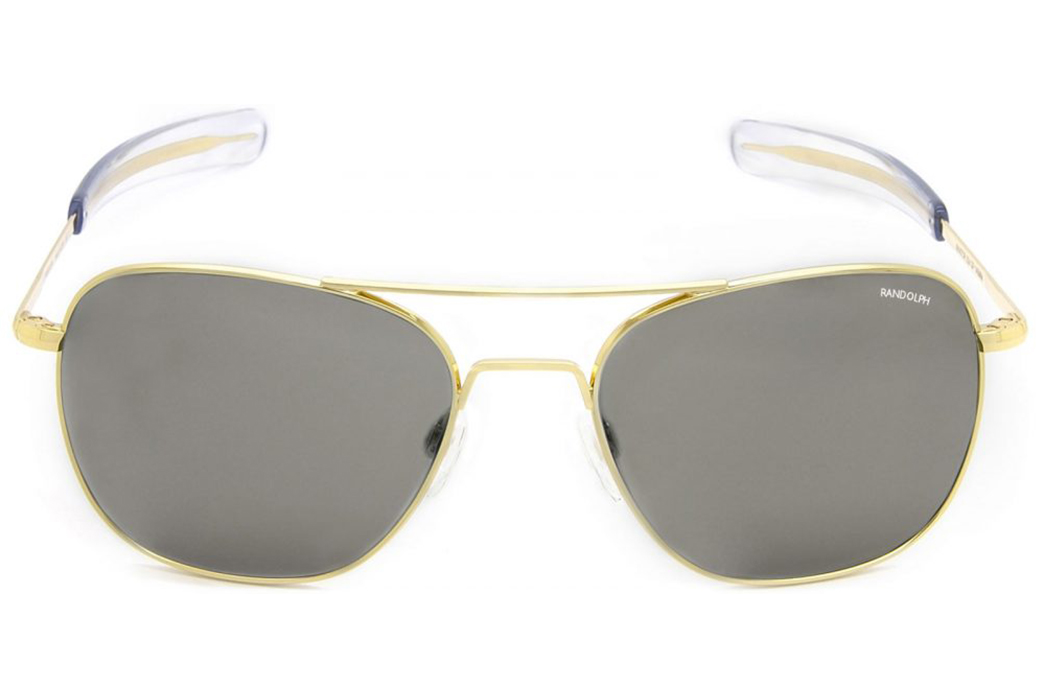
The Aviator. Image via Randolph.
Randolph’s most popular style is the HGU4/P Aviator that they have been making since 1977 for the American military services. Its sleek styling is perfect for pilots wearing their helmets and for regular Joe Schmoe on the street. The slightly squared off lenses differ just enough from the imitators that are more widely available and they capture something so ineffably cool.
Available for $239 from Randolph.
P3
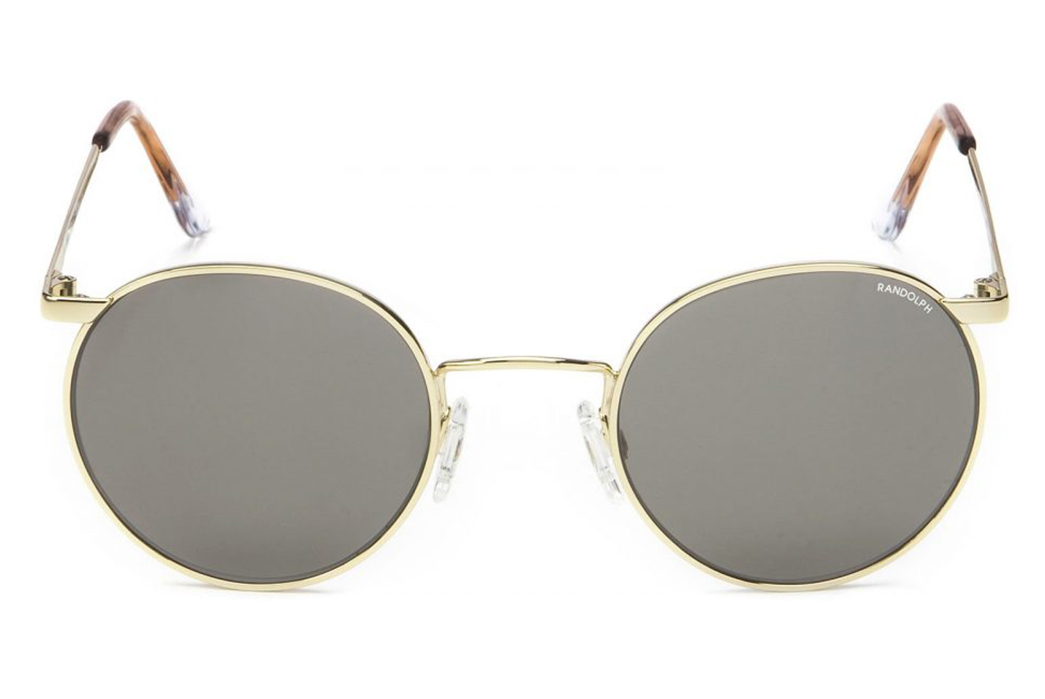
P3 glasses. Image via Randolph.
The rounded P3 glasses were designed for use inside submarines. The glasses are still made to the exhaustive mil-spec standards of yesteryear and cut a slightly different profile from the rest of the Air Force-centric styles available from Randolph.
Available for $239 from Randolph.

